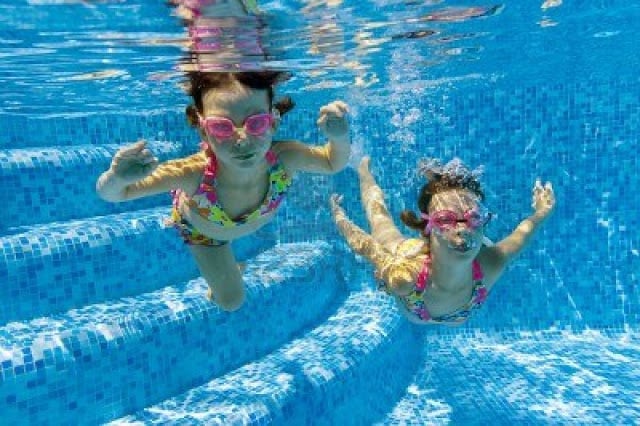Protecting Your Child from Secondary Drowning
 Only one to two percent of drownings are classified as secondary or dry drownings. However, you definitely want to understand this risk and take steps to protect your kids.
Only one to two percent of drownings are classified as secondary or dry drownings. However, you definitely want to understand this risk and take steps to protect your kids.
What is Secondary Drowning?
When someone struggles underwater and breathes in even a small amount of water, it can trigger spasms in the airway muscles. That water can also cause pulmonary embolism, or fluid build-up in the lungs.
A victim of secondary drowning may walk away after struggling underwater and look or act fine. He or she could drown in his or her own fluids and suffer from brain injury or die within one to 24 hours later, though.
What are the Symptoms of Secondary Drowning?
A victim might show several signs of secondary drowning, including bubbling fluid around the lips, chest pain, wheezing, shortness of breath, cough or extreme fatigue. Young children may not be able to verbally express to you if they experience these symptoms, however, and you may not notice them if your child is fussy or tired after a long day. That’s why you need to be vigilant in looking out for signs of secondary drowning after your child experiences a struggle in the water.
What is the Treatment for Secondary Drowning?
Hospital staff will provide oxygen treatment or ventilation for a victim of secondary drowning. Prevention is the best treatment, though, as you:
- Teach your kids how to swim with confidence and how to be safe in the water.
- Supervise kids in the pool or bathtub every second.
- Ensure all adults who supervise kids know CPR techniques for all age groups.
- Make sure the pool is fenced in with childproof locks.
- Seek medical treatment immediately for someone who experiences a struggle in the water, even if he or she shows no signs of secondary drowning.
Additionally, verify that your homeowners insurance is up to date. It can cover medical treatments required to save a child from secondary drowning.


